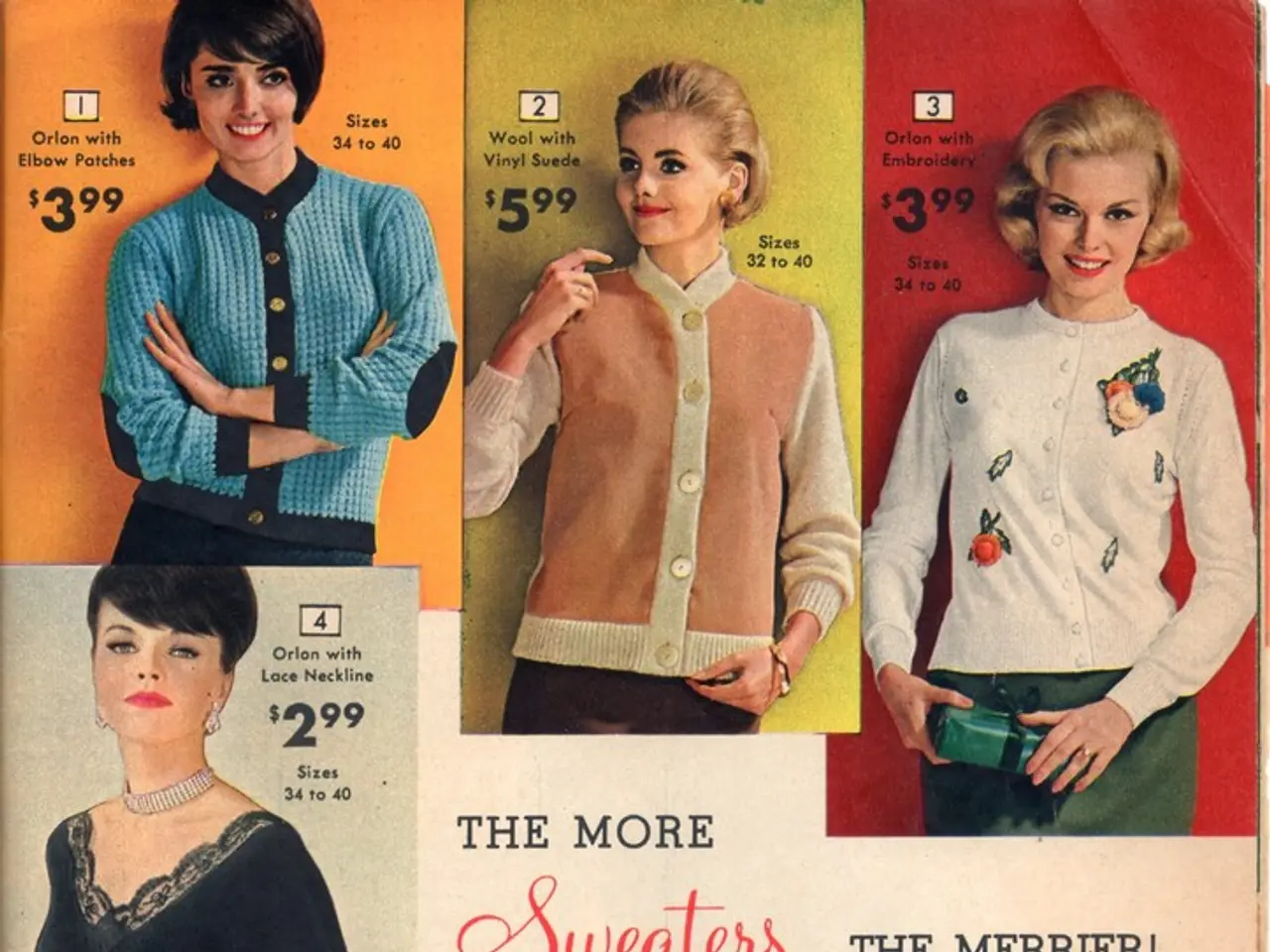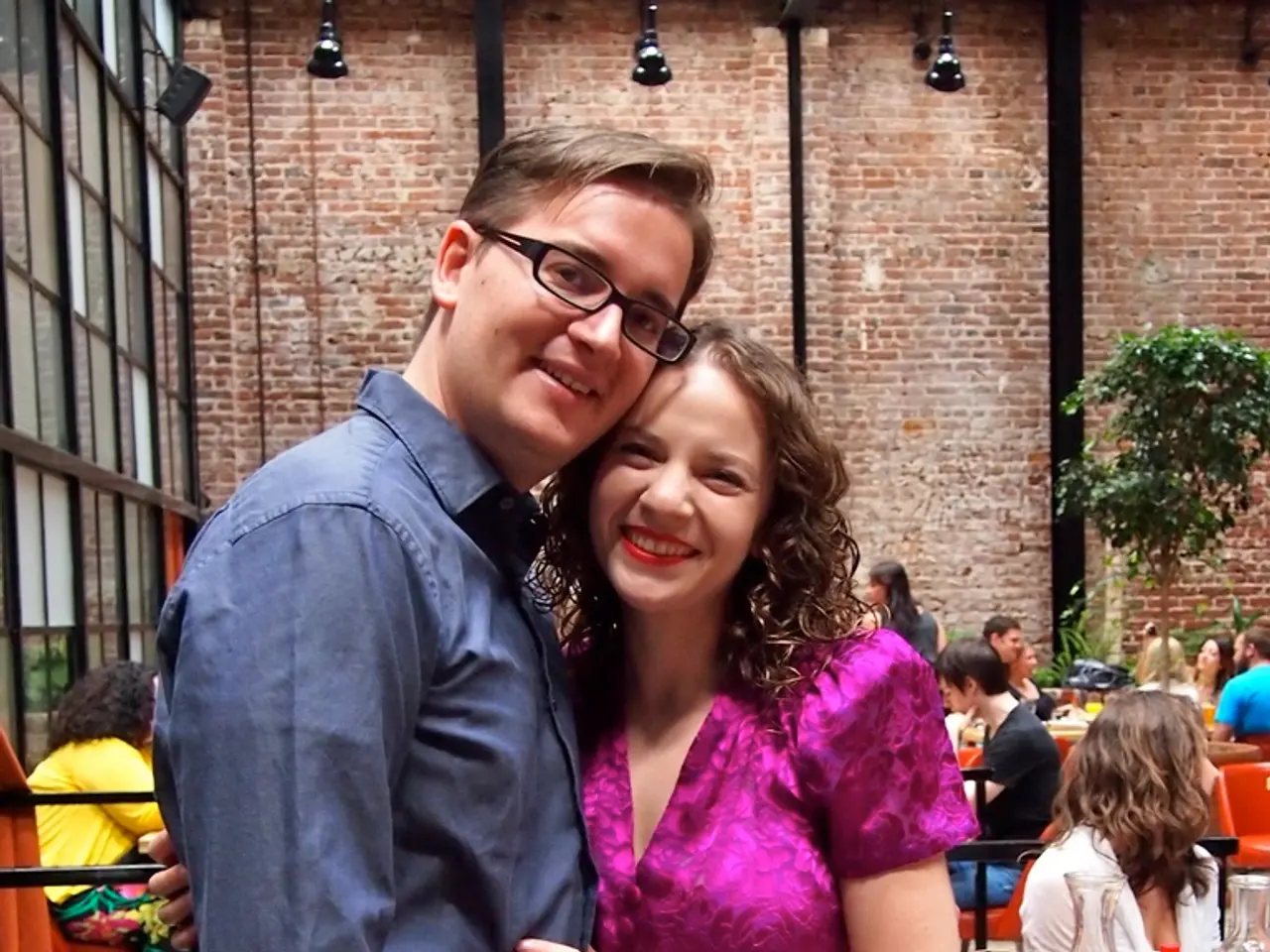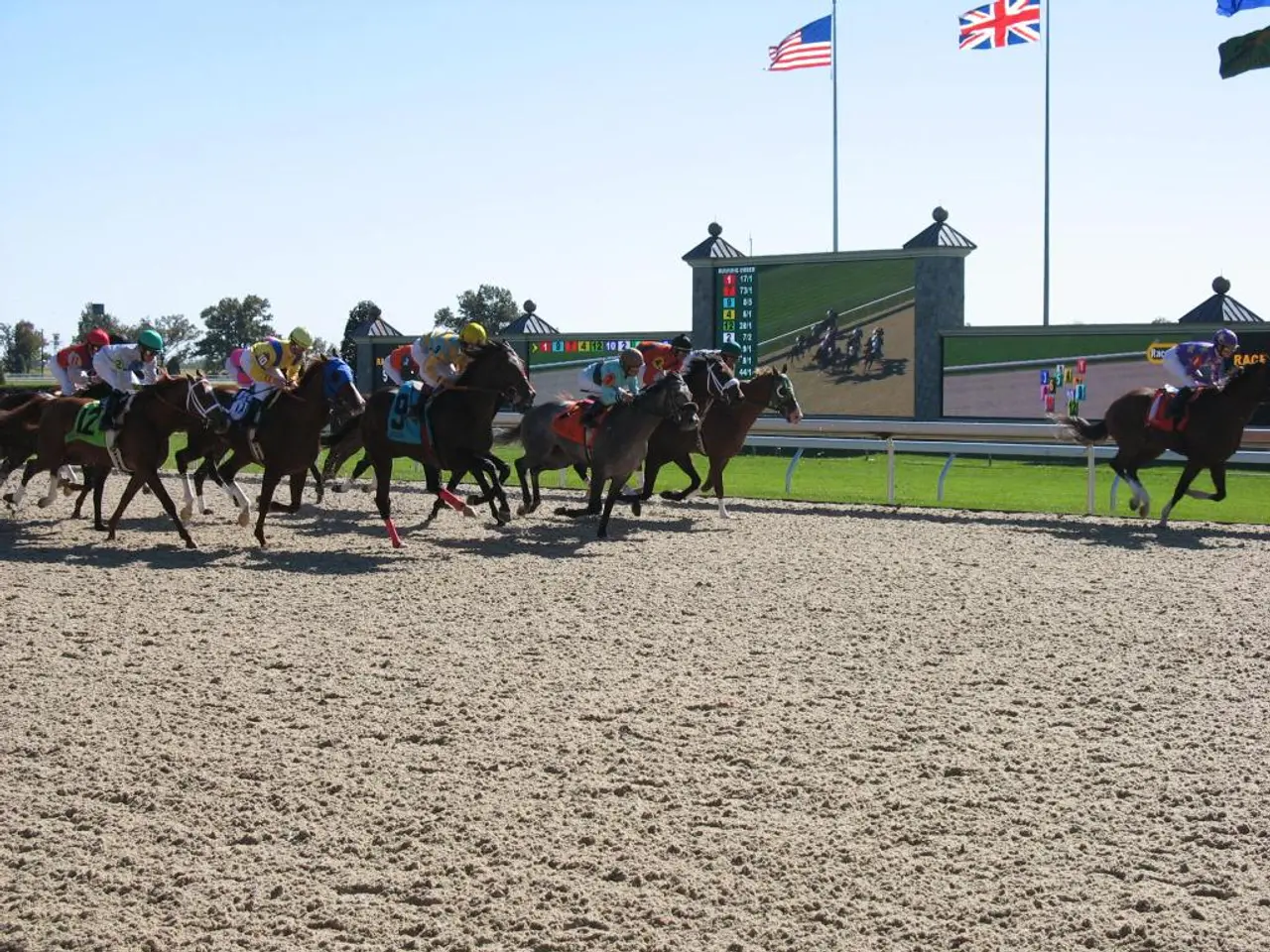Decoding the Hays Production Code
===================================================================================
The Hays Code, officially known as the Motion Picture Production Code, played a significant role in shaping U.S. films from 1930 until about 1968. This set of guidelines, enforced by the Production Code Administration (PCA), imposed strict moral standards on Hollywood, restricting depictions of sex, violence, drug use, and controversial social issues such as homosexuality.
The code was named after William H. Hays, the president of the Motion Picture Producers and Distributors of America (MPPDA). It was introduced in 1930 but wasn't strictly enforced until 1934, after the establishment of the PCA, led by Joseph Breen, and under pressure from religious groups like the Catholic Legion of Decency.
During this period, films avoided explicit content and complex moral ambiguity, with significant impacts on the portrayal of sexuality and minority groups. For instance, queer representation was essentially forced underground into subtext and "queercoding," as overt depictions of homosexuality were banned as "sexual deviant behavior." The code thus shaped how social issues and relationships appeared on screen, often distorting or omitting more progressive or realistic perspectives.
The code's influence started to decline in the late 1950s and 1960s as social attitudes evolved and filmmakers began challenging censorship. This culminated in the code being effectively replaced by the MPAA film rating system in 1968, which categorized films for audiences rather than imposing uniform moral restrictions.
The rise of television, the civil rights movement, and a growing counterculture also challenged the conservative norms upheld by the Hays Code. Films like "The Man with the Golden Arm" (1955), which addressed drug addiction and was released without a PCA seal, further weakened the code's influence.
Under the Hays Code, films were required to respect law enforcement and judicial systems, and criminals could not be portrayed sympathetically. Obscene language and profanity were banned, as were explicit content, including profanity, suggestive nudity, and overtly sexual content. Depictions of violence had to be restrained and could not be presented in a way that glorified or encouraged criminal behavior.
The code also influenced the portrayal of gender roles, relationships, and social issues, reinforcing conservative and traditional values. It restricted the portrayal of lustful kissing, seduction, and rape. The code emphasized the importance of family and traditional family roles, and films were expected to uphold the sanctity of marriage and avoid undermining family structures. Religious institutions and clergy were also protected from ridicule or negative depiction, and films had to show religion in a respectful and positive light.
Filmmakers were required to submit scripts for approval under the Hays Code enforcement. Completed films were reviewed to ensure compliance, and those that did not adhere could be denied a PCA seal of approval, which was essential for distribution and exhibition.
Legal decisions in the 1950s and 1960s affirmed the First Amendment rights of filmmakers and limited the government's ability to censor films, contributing to the erosion of the Hays Code's authority.
In summary, the Hays Code, enforced by the PCA, shaped film content by enforcing conservative moral standards under religious and social pressures, suppressing controversial themes, and sanitizing film portrayals. Its eventual replacement by a rating system marked a major liberalization in U.S. film content regulation.
[1] Bordwell, David, and Thompson, Kristin. "The Classical Hollywood Cinema: Film Style & Mode of Production to 1960." New York: Columbia University Press, 1993. [2] Krutnik, Paul. "In a Lonely Street: Film Noir, Genre, Masculinity." New York: Routledge, 1991. [4] Doherty, Thomas. "Pre-Code Hollywood: Sex, Immorality, and Insurrection in American Cinema, 1930-1934." New York: Columbia University Press, 1999.
Movies and television programs during this era were significantly impacted by the conservative moral standards set forth by the Hays Code, as they had to avoid explicit content, complex moral ambiguity, and depictions that were considered sexually provocative or morally questionable. These guidelines led to a distorted or omitted portrayal of various social issues, including progressive perspectives, in entertainment media.
The Hays Code's influence on the entertainment industry extended to movies and television shows, restricting the representation of relationships, gender roles, and controversial themes to reinforce traditional values and conservative norms. This censorship played a significant role in shaping the landscape of movies and television for several decades.







